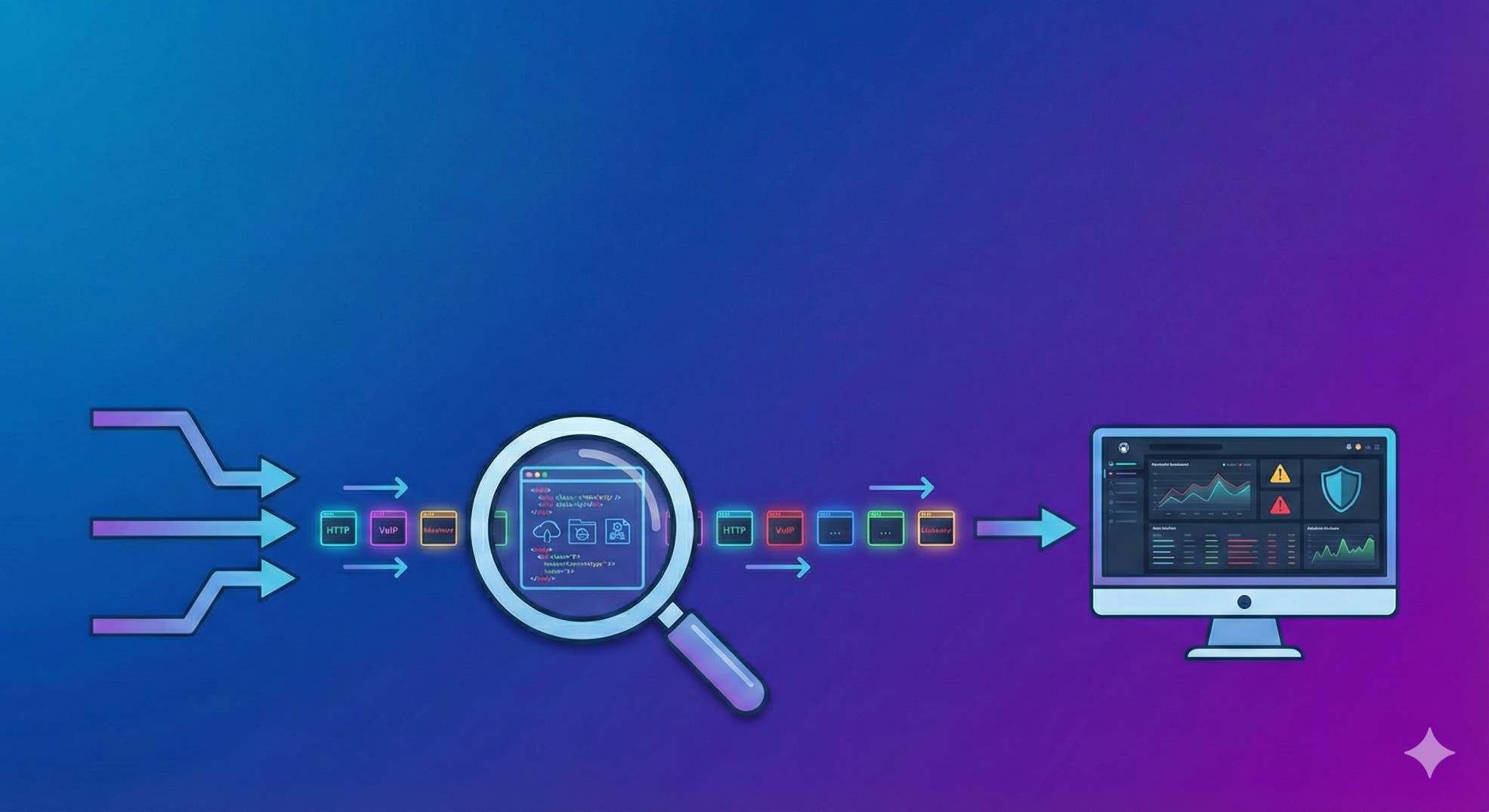The mining sector is rapidly embracing digital transformation. As operations expand into deeper, more remote environments, the demand for reliable, high-performance, and secure connectivity grows. In response, mining companies worldwide are turning to private 5G and LTE networks to enable smart mining capabilities.
From autonomous vehicles to real-time monitoring systems, the need for low-latency, high-bandwidth communication infrastructure is now critical. Private mobile networks provide the backbone for safer, more efficient, and data-driven mining operations — marking a significant shift from traditional wireless technologies like Wi-Fi or satellite links.
Why Private Mobile Networks Are Essential in Mining
Mining sites are among the most challenging environments for connectivity. Located far from urban infrastructure and often spanning large, rugged terrains — or underground — they demand a network solution that is:
- Reliable in remote areas
- Capable of wide-area coverage
- Robust under harsh environmental conditions
- Highly secure and low-latency
Private LTE and 5G networks address these challenges with dedicated spectrum, on-premise deployment, and the ability to support critical industrial applications.
Top Use Cases of 5G in Mining Operations
1. Autonomous Mining Equipment
Autonomous trucks, drills, and loaders require constant, real-time communication with control systems. 5G’s ultra-low latency and high throughput allow autonomous operations to function seamlessly, even in dynamic or hazardous conditions.
2. Predictive Maintenance and IoT Monitoring
Equipment outfitted with sensors can transmit performance data in real time. With private 5G, mining companies can perform predictive maintenance — minimizing downtime, reducing repair costs, and extending asset life.
3. Worker Safety through Wearables and Tracking
Smart wearables and connected PPE (Personal Protective Equipment) allow for real-time location tracking, biometrics monitoring, and emergency alerts. This leads to quicker response times and improved safety compliance.
4. Environmental Monitoring and Compliance
Sensors and drone systems can provide real-time feedback on air quality, dust levels, or seismic activity. A stable 5G network ensures this data is transmitted instantly to meet environmental standards and prevent incidents.
5. Enhanced Operational Control
Private 5G enables centralized control centers to manage multiple systems, from conveyor belts to ventilation, without delay. It also supports remote collaboration with offsite experts or maintenance teams via HD video or AR/VR.
Technologies Behind Mining's Digital Shift
- Standalone 5G (SA): Offers lower latency and better customization for industrial applications.
- Multi-access Edge Computing (MEC): Enables local data processing, reducing response times.
- Time-Sensitive Networking (TSN): Synchronizes industrial devices and machinery for precise control.
- Network Slicing: Separates workloads (e.g., safety monitoring vs. data analytics) for optimized performance.
Challenges and Considerations
While the benefits are clear, mining companies must consider the following when deploying private mobile networks:
- Spectrum Licensing: Acquiring dedicated frequency bands may involve regulatory processes that vary by country.
- Infrastructure Costs: Initial investments in towers, small cells, and 5G core components must be justified by long-term ROI.
- Security Risks: With more connected devices and systems, the attack surface increases — necessitating robust cybersecurity measures.
- Interoperability: Equipment from different vendors must integrate seamlessly within the network architecture.
Mining and the Future of Industrial Connectivity
Mining is setting a precedent for other industries looking to adopt private mobile networks. The shift to 5G is not just about faster speeds — it’s about building a fully connected, autonomous, and responsive mining environment that enhances productivity while reducing risk.
As private 5G continues to evolve, its role in mining will expand to include advanced analytics, AI-driven automation, and even more sophisticated remote operations. The synergy between digital innovation and industrial scale is what makes this transformation so impactful.




